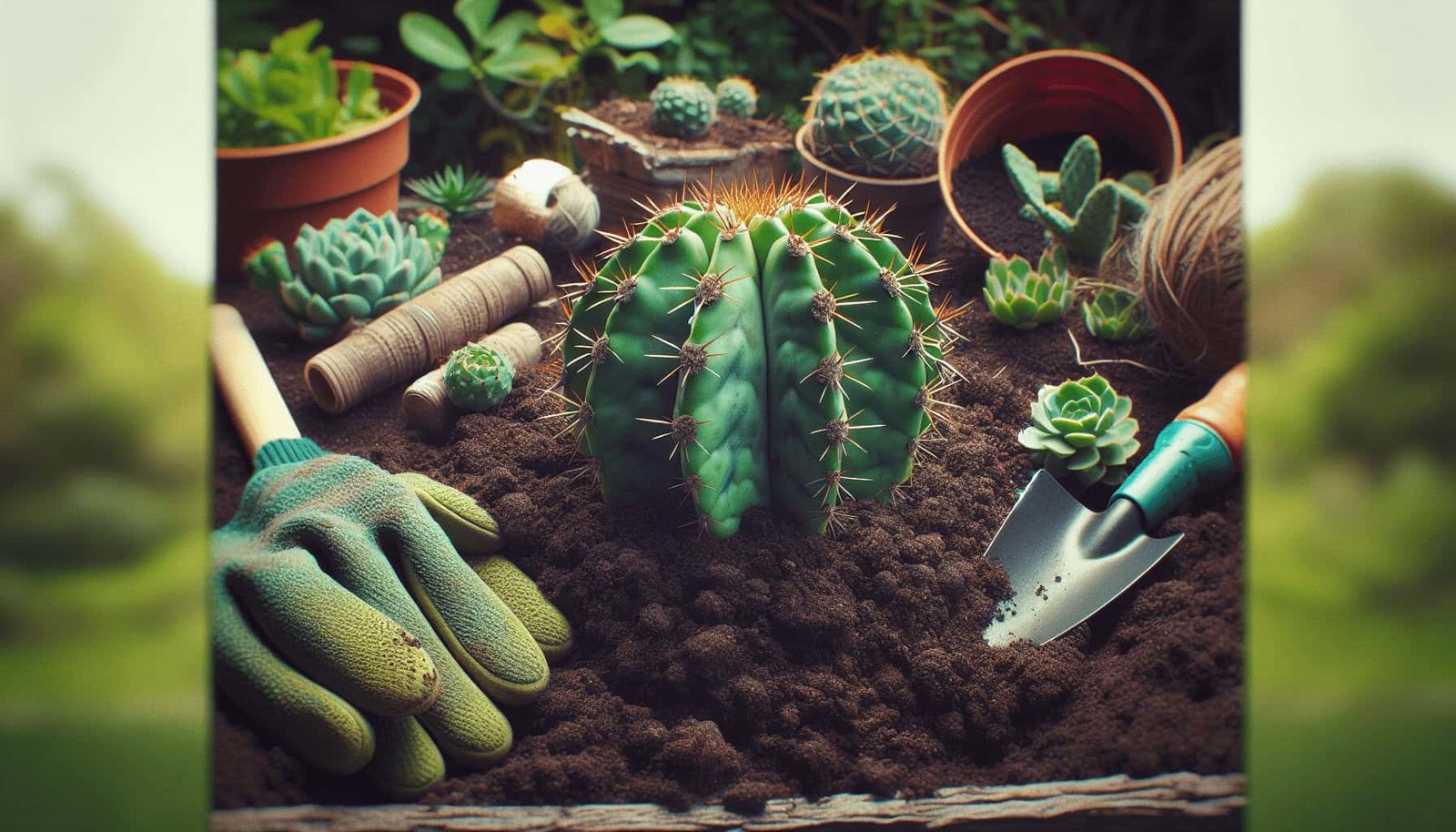In your quest to cultivate healthy and vibrant nopal, understanding how to shield it from soil-borne pathogens is crucial. This article delves into practical strategies and preventative measures that you can adopt to keep your beloved cacti safe from harmful microorganisms lurking in the soil. From selecting the right soil mix to implementing effective watering techniques, you’ll find all the essential tips to ensure your nopal thrives in a pathogen-free environment.
How Do I Protect Nopal From Soil-borne Pathogens?
Have you ever wondered how to protect your nopal cactus from soil-borne pathogens? You’re not alone! Nopal, also known as prickly pear cactus, is a popular plant in gardens and farms, particularly in arid and semi-arid regions. Despite its resilience, it is still vulnerable to various soil-borne pathogens that can jeopardize its health. Don’t worry, though; we’re here to help! Let’s dive into the details and strategies to keep your nopal safe and thriving.
Understanding Soil-borne Pathogens
Soil-borne pathogens are microorganisms that live in the soil and can cause diseases in plants. They include fungi, bacteria, and nematodes. These pathogens can attack nopal roots, leading to problems such as root rot, damping-off, and wilting. Understanding the nature of these pathogens is the first step in protecting your nopal.
Common Soil-borne Pathogens Affecting Nopal
Here are some common soil-borne pathogens that affect nopal:
| Pathogen | Type | Disease Caused |
|---|---|---|
| Phytophthora spp. | Fungus | Root rot |
| Pythium spp. | Fungus | Damping-off |
| Fusarium spp. | Fungus | Wilting and yellowing |
| Rhizoctonia solani | Fungus | Root and stem rot |
| Meloidogyne spp. | Nematode | Root-knot nematodes |
Prevention Strategies
Fortunately, there are multiple strategies you can employ to protect your nopal from these pesky pathogens. Prevention is always better than cure, so let’s focus on some proactive measures you can take.
Soil Preparation
Good soil preparation is the cornerstone of plant health. Here’s how you can prepare your soil to minimize the risk of soil-borne pathogens.
Soil Sterilization
Sterilizing your soil can be very effective in killing pathogens before planting. You can do this by heat treatment or chemical methods. Here’s a brief guide:
- Heat Treatment: Solarize the soil by covering it with a clear plastic sheet during the hot summer months. This will heat the soil to temperatures that can kill pathogens.
- Chemical Treatment: Use sterilants like formaldehyde, although this should be done with caution and as a last resort.
Soil Amendments
Amending your soil improves its structure and health. Add organic matter like compost or well-rotted manure to encourage beneficial microbes that compete with pathogens.
Planting Techniques
How you plant your nopal also has an impact on its susceptibility to pathogens. Follow these techniques for better protection:
Proper Spacing
Space your nopal plants adequately to ensure good air circulation, which helps in reducing the humidity that pathogens thrive on.
Raised Beds
Consider planting nopal in raised beds to improve drainage and reduce the risk of root rot.
Integrated Pest Management (IPM)
Integrated Pest Management (IPM) is a holistic approach that combines different management practices to control plant pests, including soil-borne pathogens.
Monitoring and Identification
Regularly inspect your plants and soil for early signs of disease. Prompt identification can help in implementing control measures effectively.
Biological Control
Use beneficial organisms like Trichoderma spp., a fungus that can outcompete and inhibit the growth of harmful fungi.
Chemical Control
As a last resort, use fungicides and nematicides to control severe infestations. Always follow the recommended guidelines and consider the impact on the environment.
Resistant Varieties
Some nopal varieties are more resistant to soil-borne pathogens. Research and opt for these varieties if they are available in your region.
Genetic Resistance
Genetically resistant plants have built-in mechanisms to fight off certain pathogens, reducing the need for chemical interventions.
Hybrid Varieties
Hybrid varieties often have improved resistance to diseases. Consult local nurseries or agricultural extensions for recommendations.
Proper Water Management
Overwatering or poor drainage can exacerbate soil-borne pathogen issues. Here’s how to manage water effectively:
Drip Irrigation
Using drip irrigation systems can help in delivering water directly to the plant roots without wetting the foliage, thereby reducing the risk of fungal infections.
Scheduled Watering
Water your plants early in the morning to allow the soil to dry out during the day. This reduces the humidity around the plants and makes the environment less favorable for pathogens.
Crop Rotation and Intercropping
Crop rotation and intercropping are traditional agricultural practices that can help in reducing the buildup of soil-borne pathogens.
Crop Rotation
Rotate your crops to disrupt the life cycles of soil-borne pathogens. Avoid planting nopal in the same spot year after year.
Intercropping
Interplant nopal with crops that do not share the same pathogens. This practice can reduce the concentration of pathogens specific to nopal in the soil.
Conclusion
Protecting your nopal from soil-borne pathogens involves a combination of good soil preparation, proper planting techniques, water management, and using resistant varieties. By adopting these strategies, you can ensure that your nopal remains healthy and productive. Remember, prevention is better than cure, and with diligent care, you can keep soil-borne pathogens at bay.
We hope this guide has been helpful. If you have any more questions or additional tips, feel free to share! Happy gardening!




